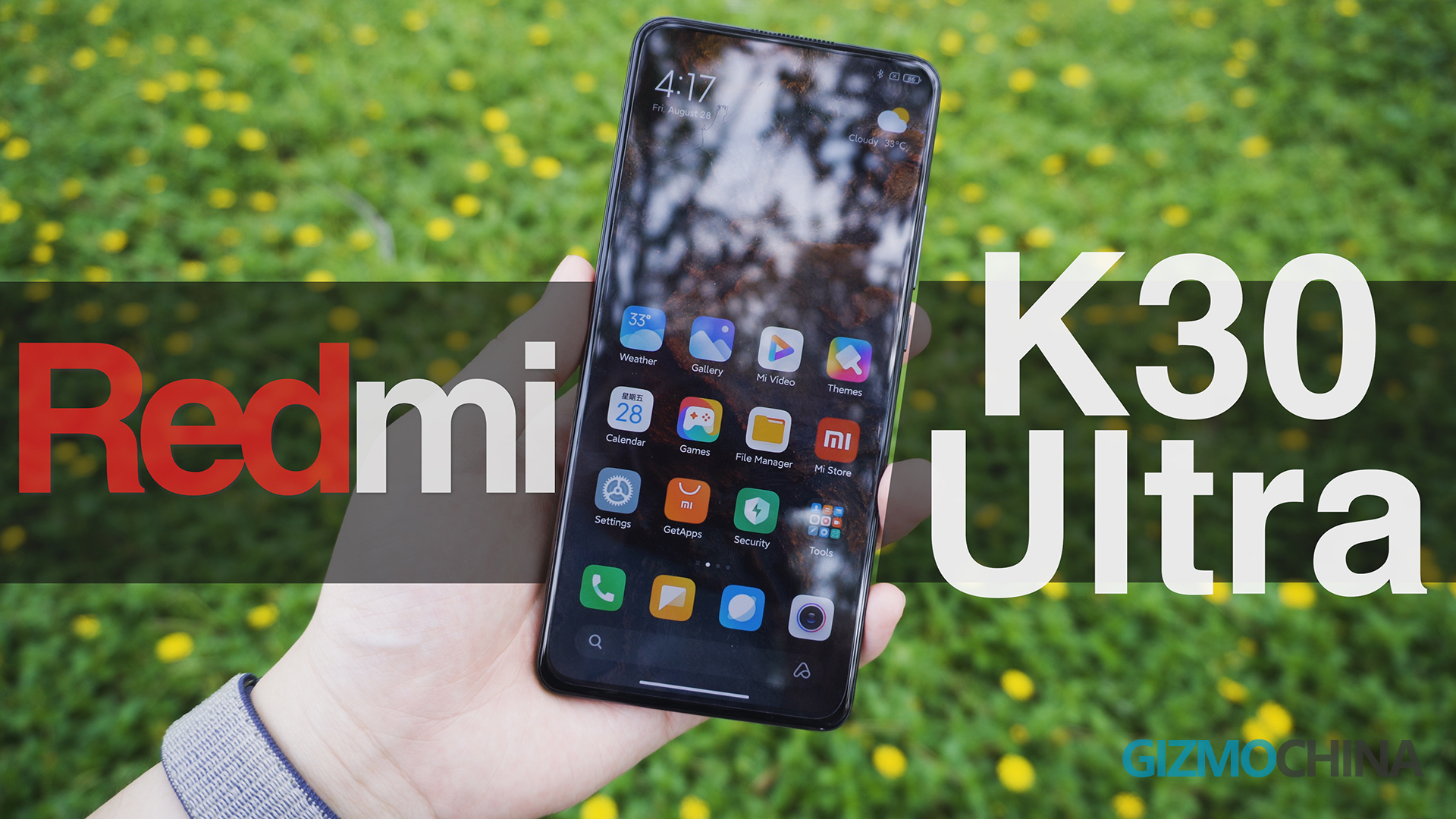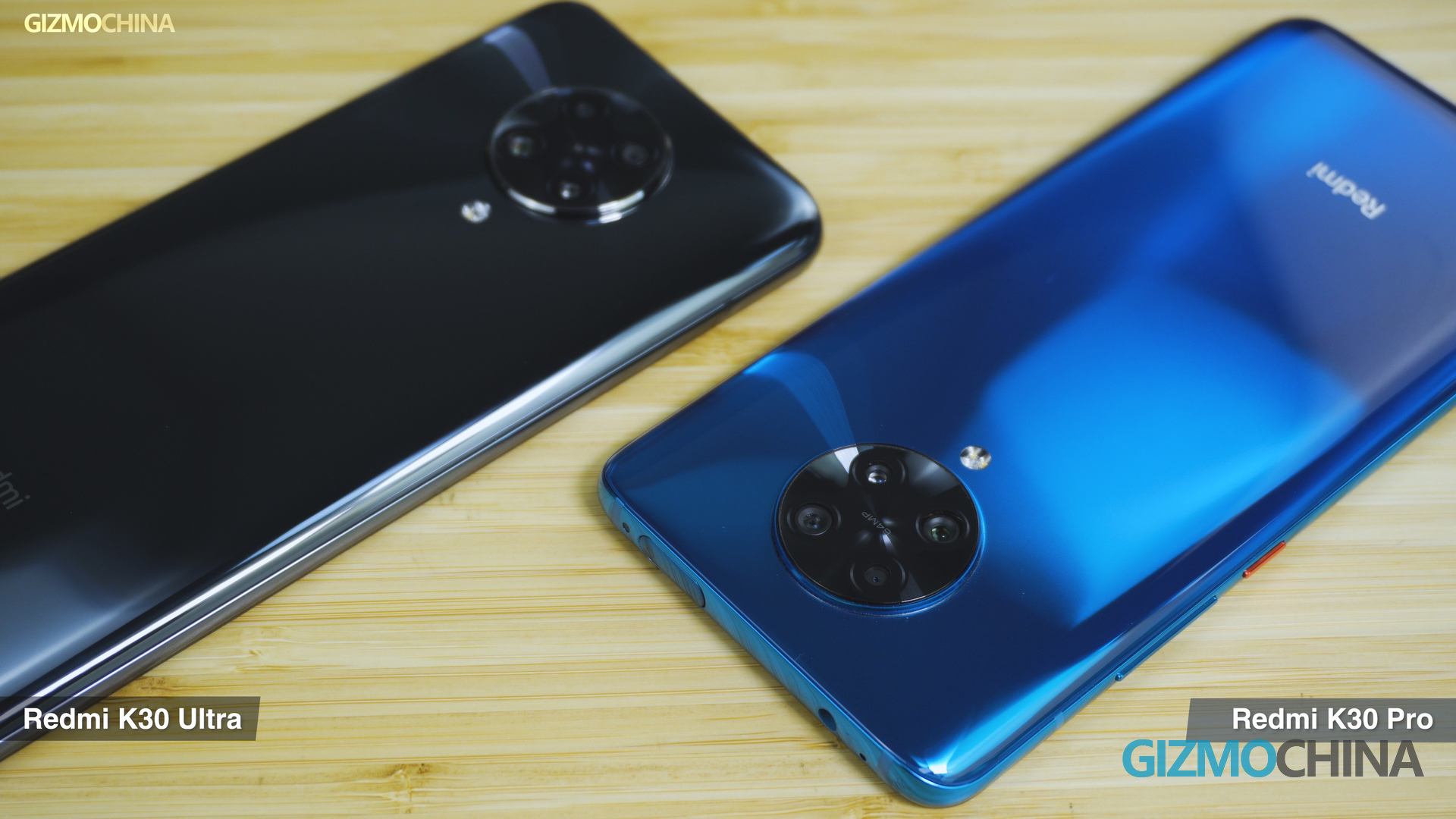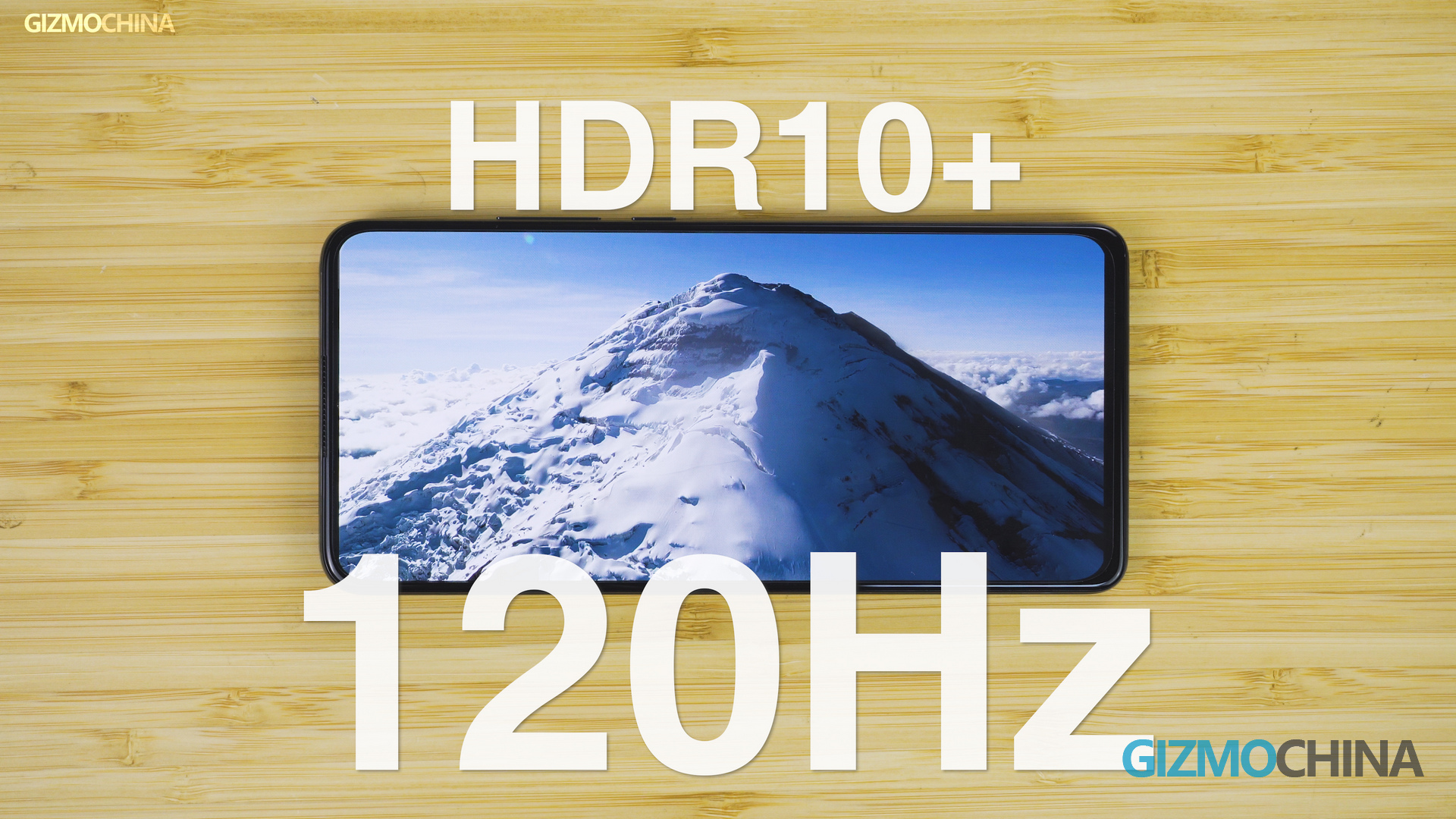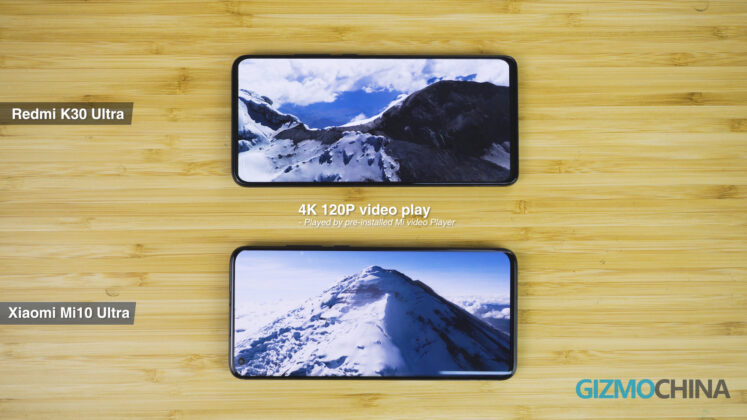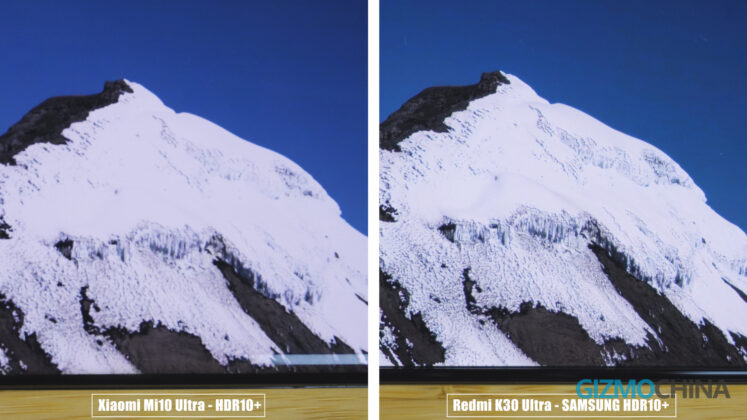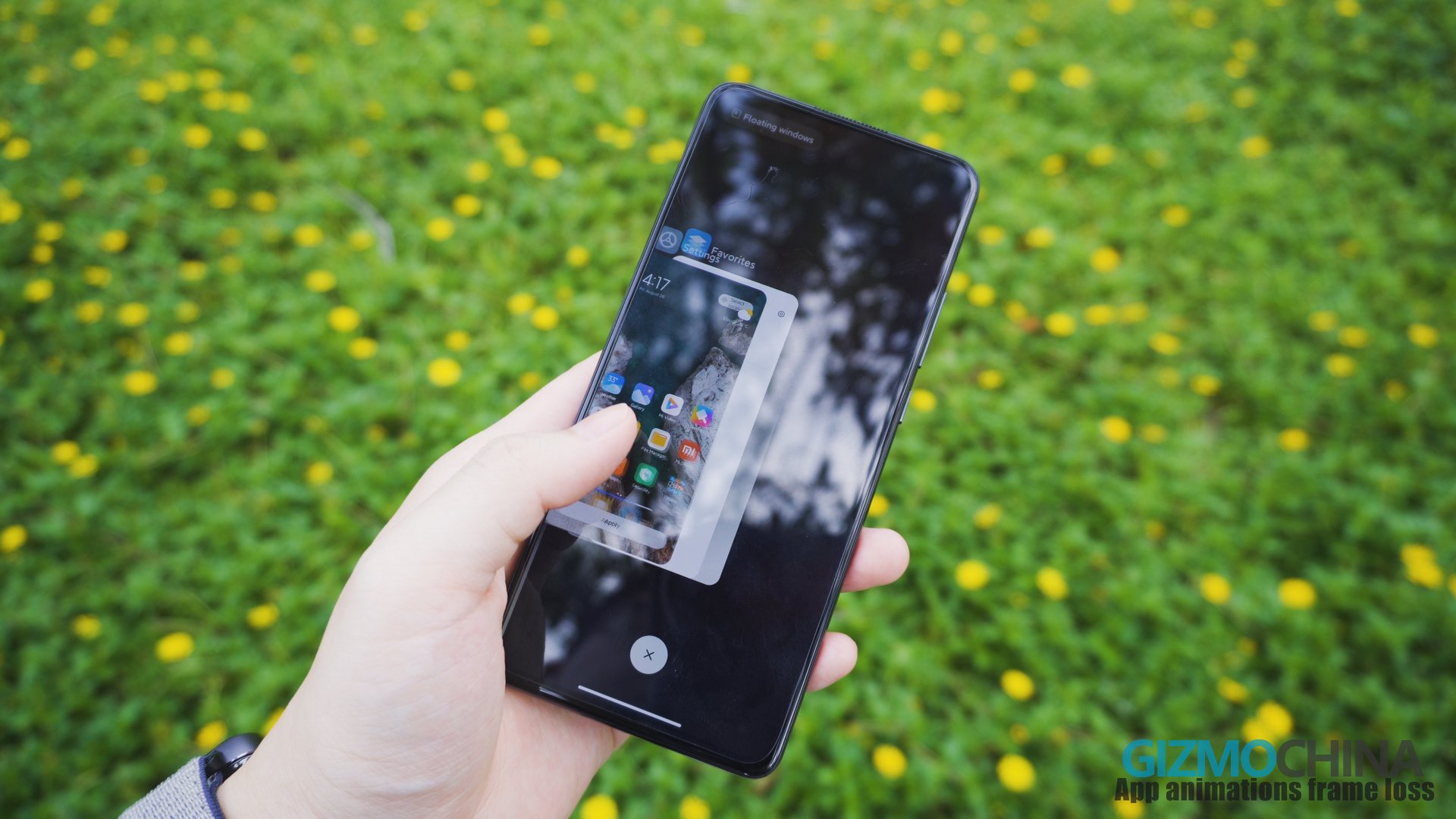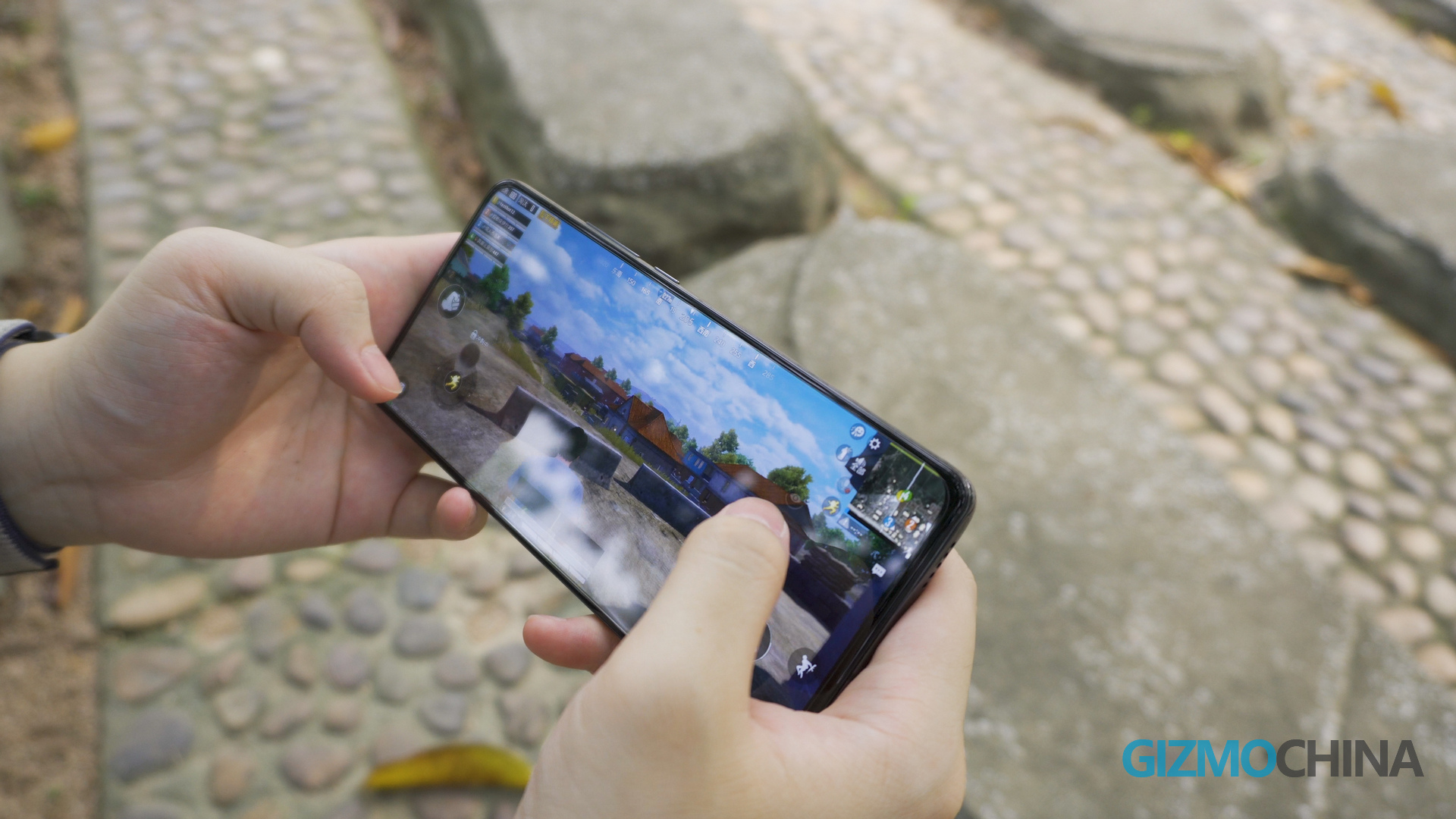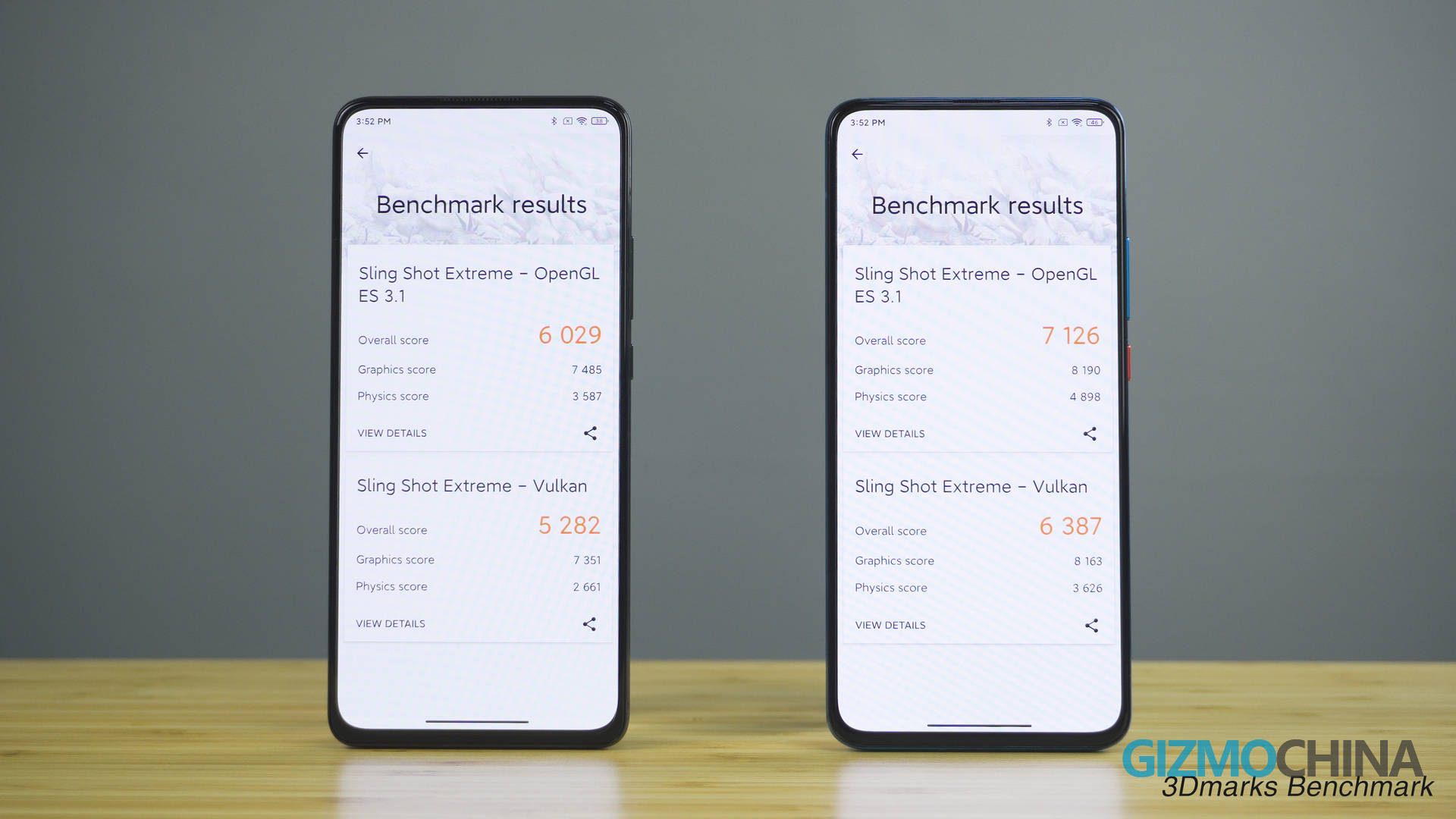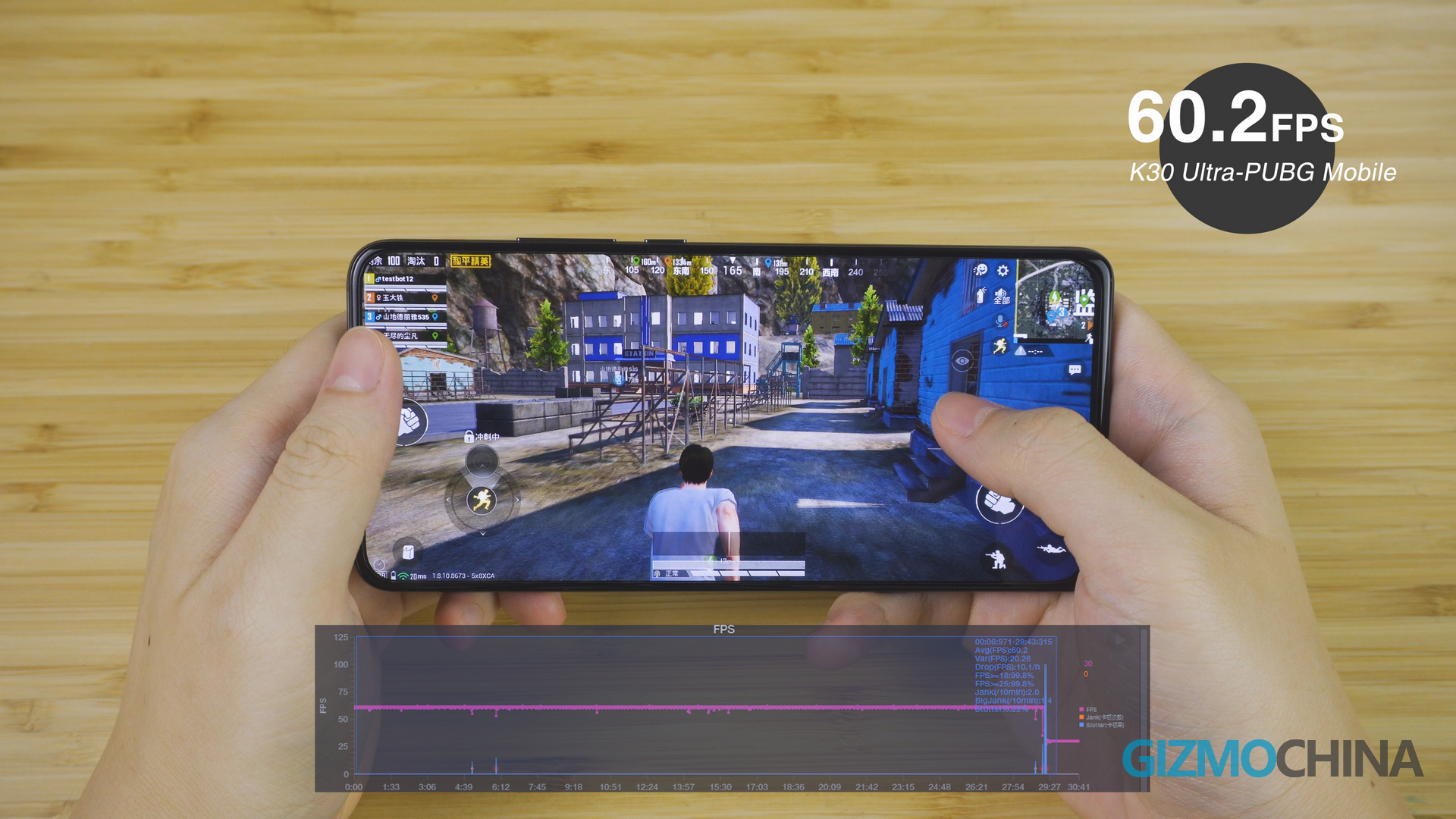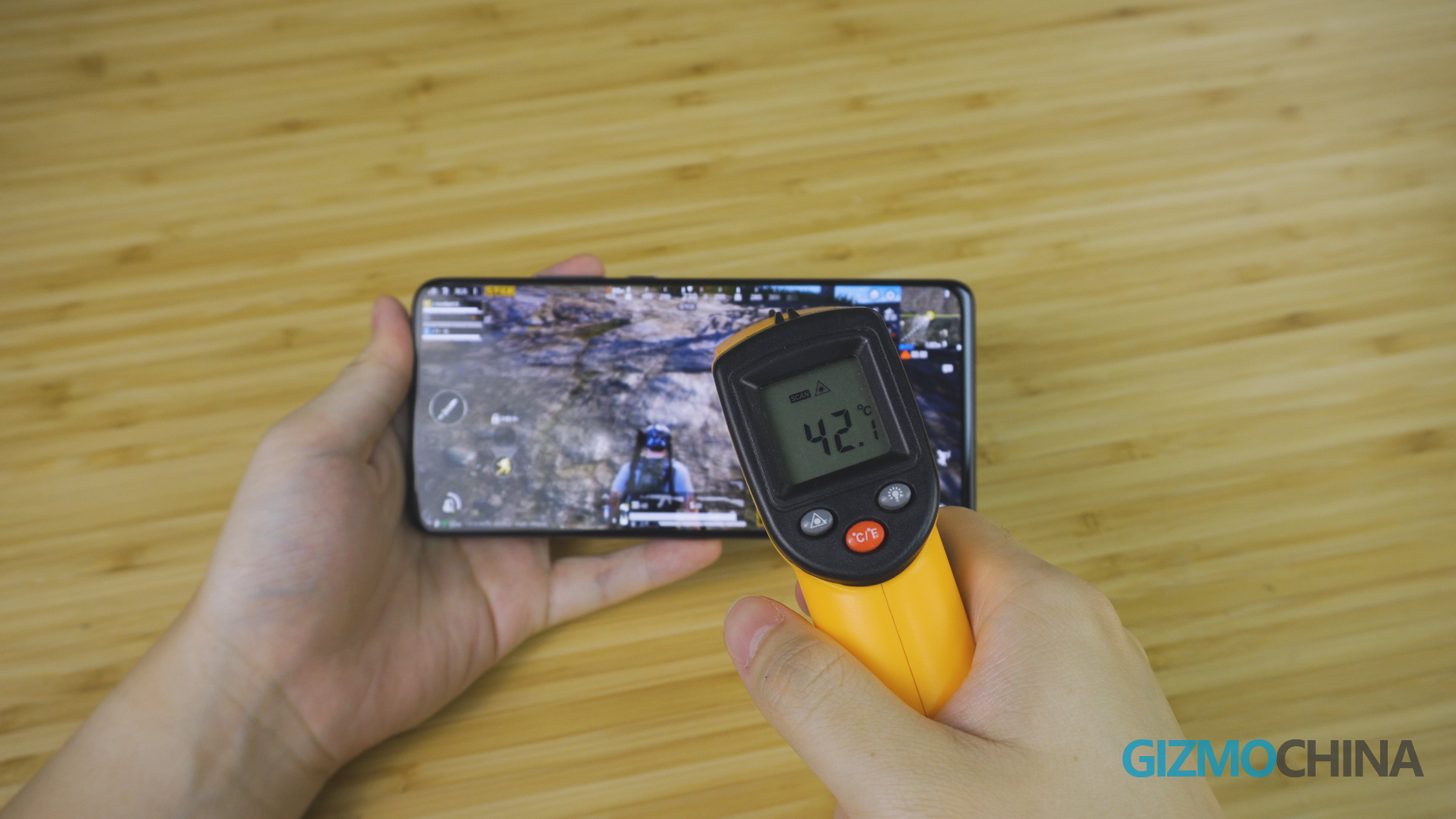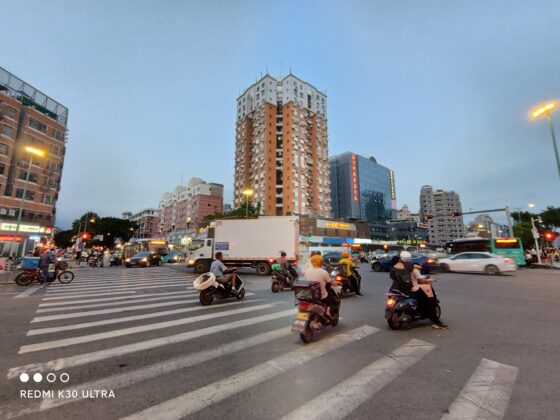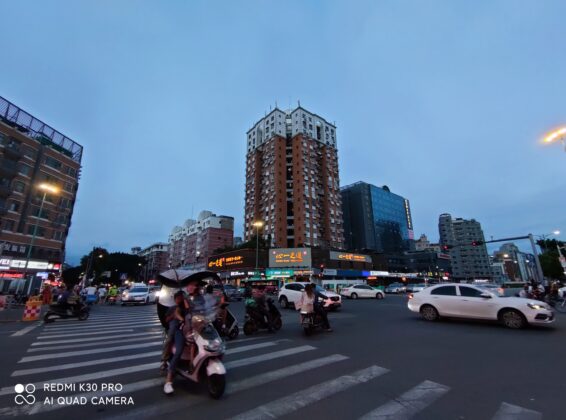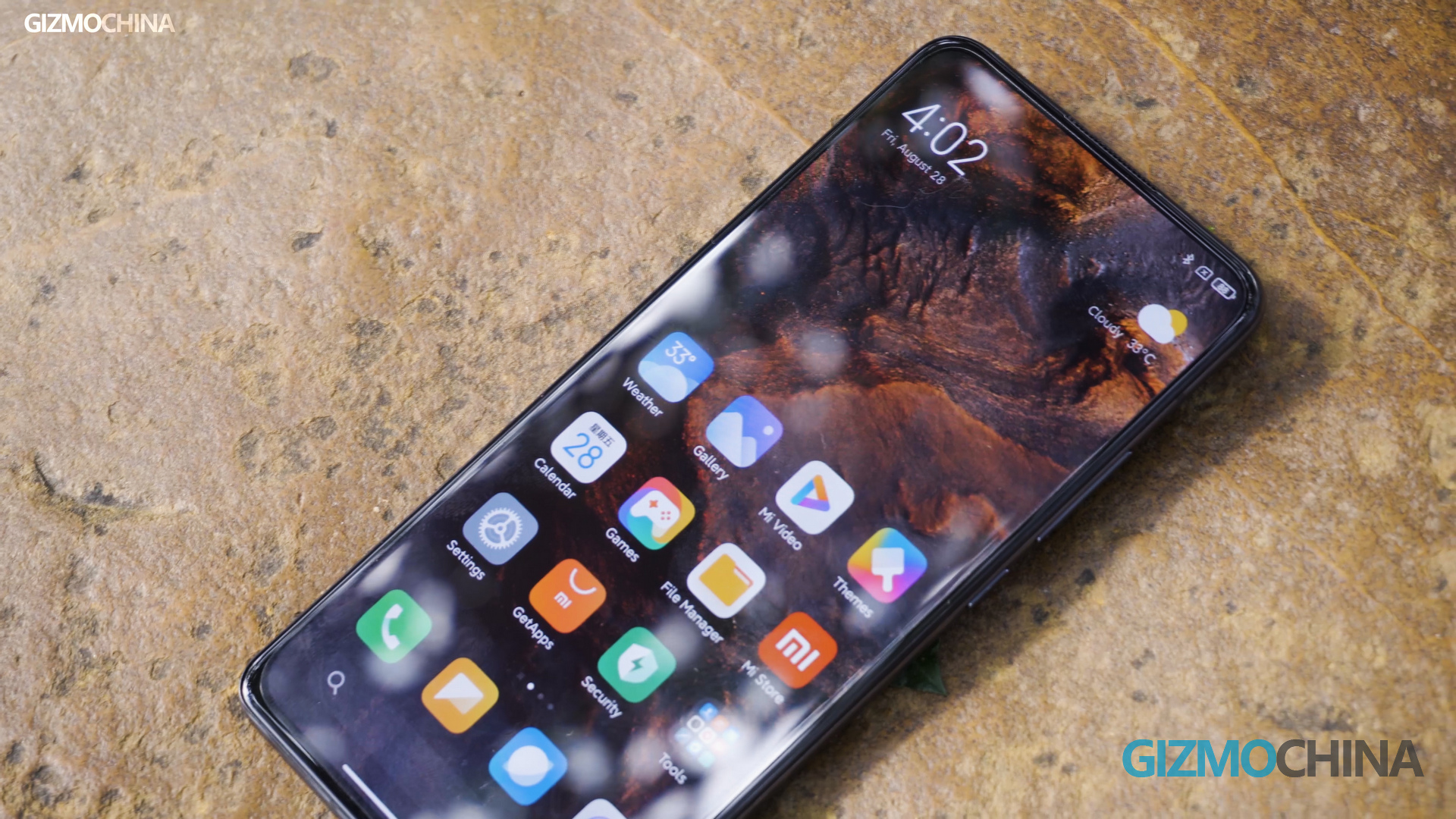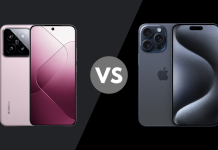Xiaomi’s flagships have always been popular for its incredible cost to performance ratio. However, if you are familiar with Xiaomi’s strategy, you should also know that the company usually cuts down some features to save costs.
Take the Redmi K30 Pro for example. The phone skipped the most popular feature of 2020 — a high refresh-rate display. But now, they have fixed this drawback on the new Redmi K30 Ultra with a 120Hz refresh-rate display.
However, as I mentioned above, in order to keep the price to acceptable levels, the Redmi K30 Ultra comes with the MTK Dimensity 1000 Plus instead of the Qualcomm Snapdragon 865. So when you get a high refresh rate display, you have to settle for a MediaTek chip. But is it a kind of balance between performance and pricing? Or overall, is the Ultra a less powerful model with a better price as compared to the K30 Pro?
Let’s check that out in this Redmi K30 Ultra review.
Redmi K30 Ultra Review: Display 120Hz
Let’s start with its upgraded display first. Actually, besides the 120Hz refresh rate, there is almost nothing different from the K30 Pro’s display. It also supports HDR10+ and P3 color gamut. Partial peak brightness is also 1200nit.
What’s strange is that when we tried playing a 4K HDR video in full screen, the K30 Ultra’s playback was not as smooth as the Mi 10 Ultra (see the video review above) which was a bit disappointing.
While the phone boasts a 120Hz display, it looks like it needs a bit of optimization to ensure that the chipset is able to deliver a super smooth playback. It’s also worth adding that the phone overheated a little when playing back 4K video and you may even face unusual power consumption sometimes.
However, the K30 Ultra’s SAMSUNG display surprisingly has better image sharpness and better details during 4k video playback. So while it was not as smooth as the Mi 10 Ultra when it comes to 4K video playback, the quality turned out to be slightly better. As for HDR, they were both doing a good job, the color presentation and dynamic range is very close to each other.
Another detail that feels strange is frame loss. On the K30 Ultra’s 120Hz display, the app dynamic animation is not as smooth as what we expected. Although the animations would respond quickly to user actions, there’s still some lag with obvious frame loss. As we retried it a number of times, the frame-loss problem eventually disappeared for certain apps that ran in the background. Notably, at the system level and for system apps, the 120Hz display with a 240Hz sampling rate still provided quick reactions and led to a relatively smooth experience.
Redmi K30 Ultra Review: Performance
As for the new chipset, the MTK Dimensity 1000 Plus, we didn’t feel the chip provided the best performance. Although theoretically, it’s not as powerful as the Snapdragon 865, the 1000 Plus is still an excellent option for gaming.
But when you compare it with the K30 Ultra, you can easily see the difference in its gaming performance. We personally think it’s a matter of Xiaomi’s software optimization rather than the ability of Dimensity 1000 Plus. As Xiaomi’s first model running the 1000 Plus, the K30 Ultra wasn’t very efficient. We feel the overall heat control and battery management need improvement.
Also due to poor optimization, the K30 Ultra still applied a framerate limit of 60fps in almost all the games. So right now, you’re not able to fully enjoy the gaming performance brought about by the upgraded display.
The good news is that Xiaomi has promised to fix the problem of framerate limitation and optimize the chipset performance in the incoming updates for the K30 Ultra. But no certain date was informed.
Anyway, let’s see how it performed in benchmarks. In 3Dmark, the Ultra was able to activate the excellent performance of the Dimensity 1000 Plus. The result is pretty close to what we got on the K30 Pro. The Ultra was equipped with the LPDDR4X Flash memory and UFS2.1 storage, while the K30 Pro features the latest generation of memory and storage. So technically the K30 Pro could have a better performance on data and system speeds.
As for geekbench 5, it’s pretty strange that the Ultra was not able to run the whole test and give us the result.
Although we think it doesn’t make sense to do gaming tests on a model that’s not optimized for gaming at this point, we still had to show you its performance at least in a couple of games. This way you’ll get an idea of why we repeatedly say that the phone needs better optimization.
In PUBG Mobile with the highest graphic settings, although we turned on the 120fps mode, the phone could only run the game at 60.21fps on an average.
For the stress test with Nimian Legends, the model could run the game at 39.6fps on an average. If you remember, the iQOO Z1, another phone running Dimensity 1000+ but with an even higher 144Hz display, fared much better when it came to gaming. So we don’t think chipset was the big constraint here.
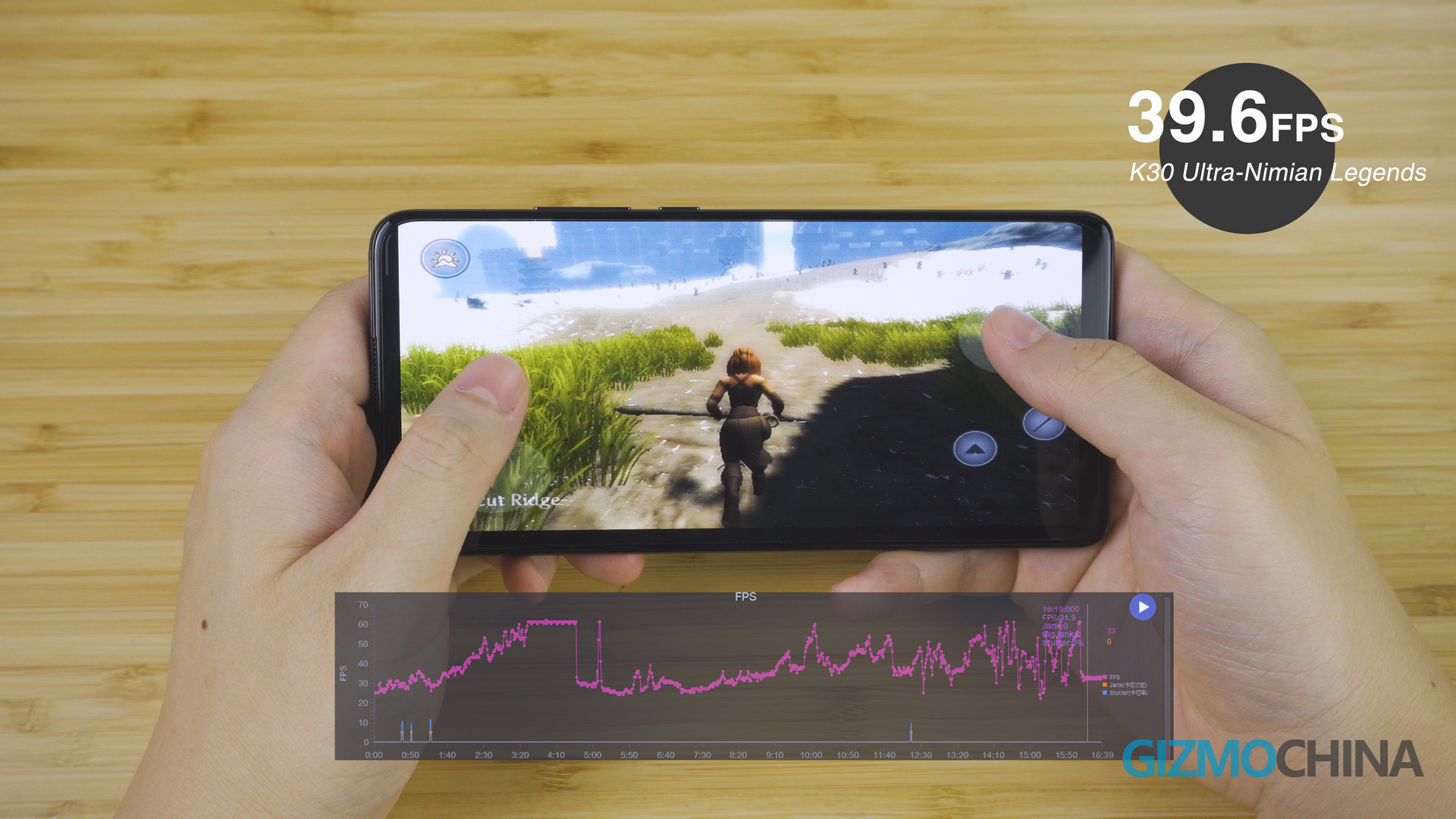
During the gaming test, the model heated up easily, even when we ran it under 60fps mode.
Editor’s Pick: Xiaomi Mi 10 Ultra Review: 120W Charging, 120X Zoom & 120Hz Display equals 120% Flagship experience
Redmi K30 Ultra Review: Cameras
Unexpectedly, the most surprising part of the K30 Ultra is the performance of its camera.
The 64MP main camera sports a Sony IMX682 sensor. From its samples, we could see that the main camera was able to give more accurate exposure, while the K30 Pro sometimes might overexpose and lose detail over extreme brightness. Especially when we turned on HDR and AI colors, the Ultra’s main camera was able to deliver an excellent dynamic range to cover details of both bright and dark areas.
For example, in this photo, the Ultra was able to handle the bright sky pretty well, while the K30 Pro just lost the details of the sky. In addition, the Ultra’s samples presented relatively correct white balance under most scenarios, while the K30 Pro’s white balance was usually cooler and didn’t meet the real scenarios needs.
Both K30 models are equipped with a 13MP wide-angle camera. But the Ultra’s field of view is a bit narrower, but the aperture is larger. Under auto-HDR mode, their performance is similar to what they have on their main cameras. The Ultra’s wide-angle samples surprisingly have much wider dynamic range than the Pro’s. And it also remained a better white balance detection. Meanwhile, thanks to the larger aperture, it seems that under the low-light conditions with the same shot parameters, the Ultra also had better performance with good brightness than what we got on the K30 Pro. But it also got the same problems of most wide-angle cameras, which is the poor detail and unstable noise control for corners. The central image is always much better than the corners. In comparison, another one of Ultra’s advantages is its ability to remove the fringing around edges.
And the 50mm equivalent lens is for macro use. It’s another highlight for the new camera combination. Compared to the macro camera on the Pro, the Ultra has a faster focus speed and a bit closer focus. And the Ultra’s macro could produce much more delightful colors. But the macro camera only features a small sensor with 5MP resolution, so it’s not really practical for low-light uses.
Both of them only feature electronic image stabilization but lack OIS anti-shaking solution, so they both required the object to stay still.
About its night performance, actually, it was hard to pick a winner. The night mode looks very close to what we got under the HDR mode. And from shot parameters, we also guess that it may not apply an exclusive night solution for night uses. The ISO and shutter were not so different from what used for the normal mode. The samples shot under Ultra’s night mode didn’t really improve over the noise control and image detail. It seems that Xiaomi still needs a lot of work to fix the night mode.
As for its portrait camera, the edge detection and distance detection were not as good as what we saw on the Mi 10 Ultra. Especially with complicated background, the aperture adjustment didn’t work so well.
Another improvement of the Ultra is the dual-speakers for stereo sounds. Compared to the single speaker on the Pro, the audio improvement is quite impressive but not as good as the symmetrical speakers on Mi 10.
Although the Ultra and Pro use the same charging solution for their 4500mAh batteries, the full-charge test showed that the Ultra’s charging efficiency still got slightly improved. The Ultra took around 66mins to complete the full charge, while the charging time for the Pro was a bit longer, it eventually finished the test in around 74 mins.
Redmi K30 Ultra Review: Verdict
So overall, the K30 Ultra brings a number of upgrades as compared to the K30 Pro. It is definitely one of the best options in its price range. However, as a 10th-anniversary product, its improvement over the daily experience is not as significant as we expected. It feels like an unfinished product that has the potential to provide better user experience in areas such as the optimization of the 120Hz display and the new chipset. On the other hand, the camera performance is surprisingly more impressive when compared to the K30 Pro.
What are your thoughts?
Redmi K30 Ultra @ $369.99 – GIZTOP
UP NEXT: ZTE Axon 20 5G, the world’s first under-display camera phone goes Official!

